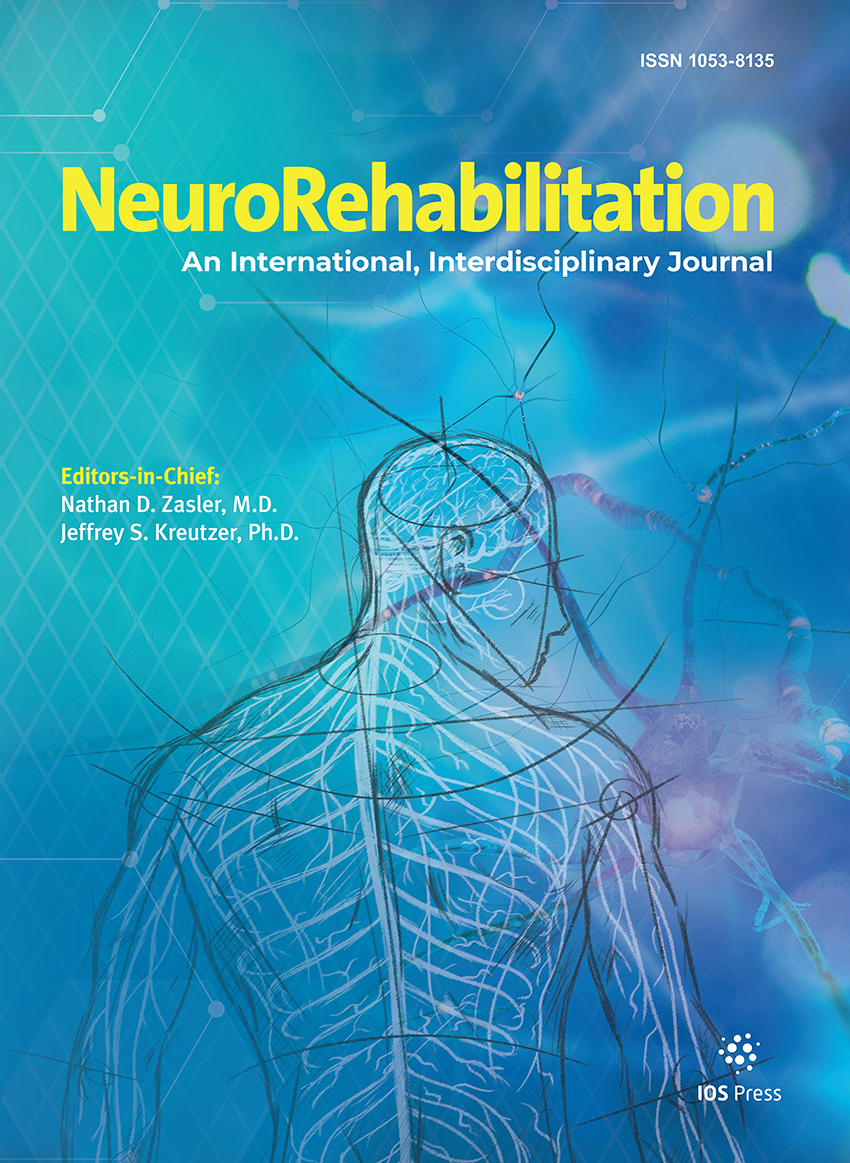Authors: García-Rudolph, Alejandro | Wright, Mark Andrew | Devilleneuve, Emilien Amar | Castillo, Eulalia | Opisso, Eloy | Hernandez-Pena, Elena
Article Type:
Research Article
Abstract:
BACKGROUND: Most studies focus on the risk factors associated with the development of pressure ulcers (PUs) during acute phase or community care for individuals with spinal cord injury (SCI). OBJECTIVES: This study aimed to i) compare clinical and demographic characteristics of inpatients after SCI with PUs acquired during rehabilitation vs inpatients without PUs and ii) evaluate an existing PU risk assessment tool iii) identify first PU predictors. METHODS: Individuals (n = 1,135) admitted between 2008 and 2022 to a rehabilitation institution within 60 days after SCI were included. Admission Functional Independence Measure (FIM), American
…Spinal Injury Association Impairment Scale (AIS) and mEntal state, Mobility, Incontinence, Nutrition, Activity (EMINA) were assessed. Kaplan-Meier curves and Cox proportional hazards models were fitted. RESULTS: Overall incidence of PUs was 8.9%. Of these, 40.6% occurred in the first 30 days, 47.5% were sacral, 66.3% were Stage II. Patients with PUs were older, mostly with traumatic injuries (67.3%), AIS A (54.5%), lower FIM motor (mFIM) score and mechanical ventilation. We identified specific mFIM items to increase EMINA specificity. Adjusted Cox model yielded sex (male), age at injury, AIS grade, mFIM and diabetes as PUs predictors (C-Index = 0.749). CONCLUSION: Inpatients can benefit from combined assessments (EMINA + mFIM) and clinical features scarcely addressed in previous studies to prevent PUs.
Show more
Keywords: Pressure ulcers, pressure injuries, wounds and injuries, spinal cord injuries, inpatients, risk assessment, spinal cord, diabetes mellitus
DOI: 10.3233/NRE-230234
Citation: NeuroRehabilitation,
vol. Pre-press, no. Pre-press, pp. 1-16, 2024
Price: EUR 27.50





